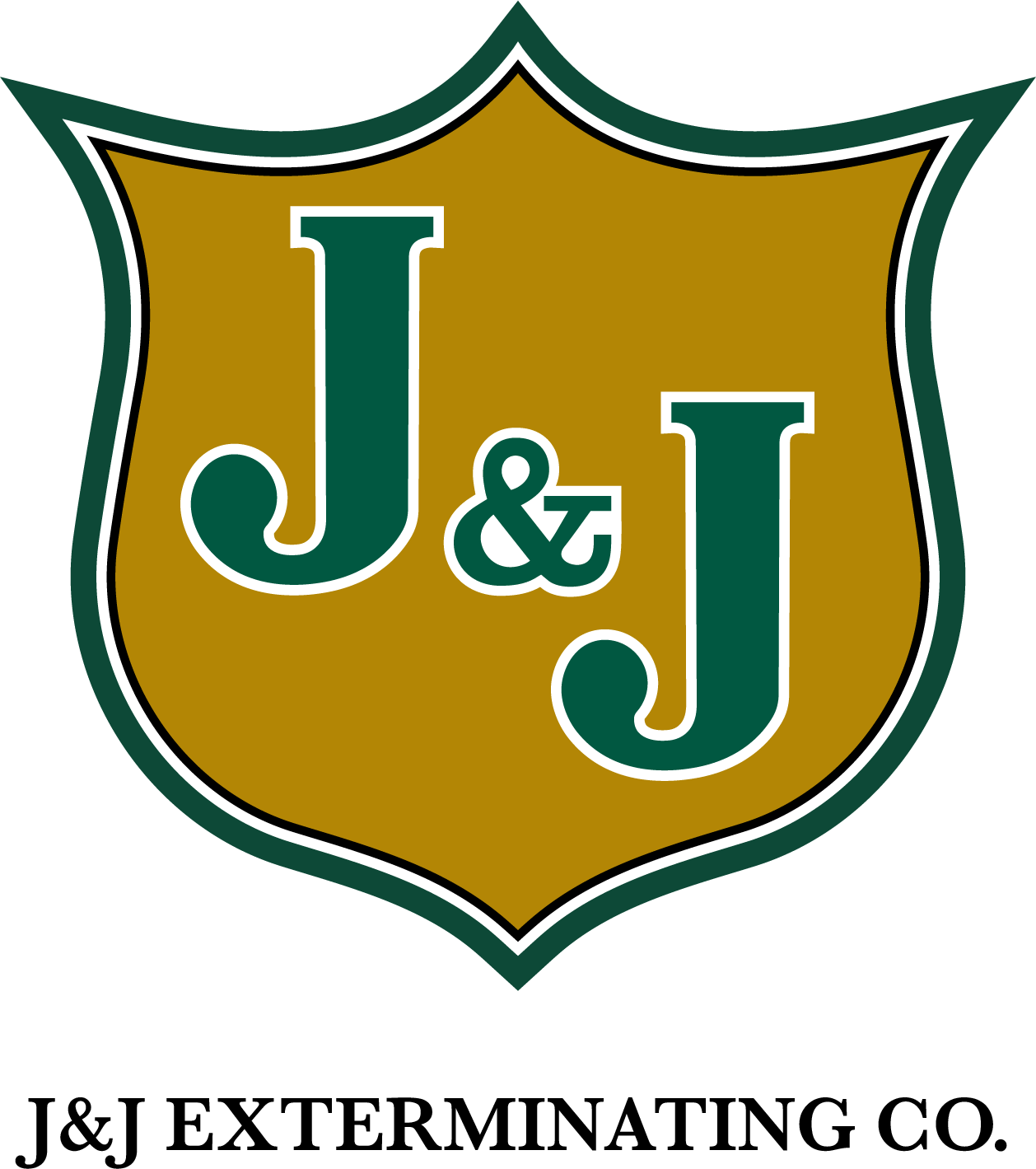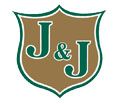There are many benefits to living in the state of Louisiana. For one thing, the city of New Orleans is rich in historical landmarks from America’s early days. This fact can easily be determined by the many historical structures that are still standing in the city’s French Quarter. Residents of the state also have access to an ocean coastline, and everyone in the world either already has or wishes to one day experience the Mardis Gras festivities. However, when it comes to insect pests, residents of the state are not so lucky. The state’s humid, balmy and damp conditions are ideal for insects, particularly termites, as most of the world’s termites dwell within tropical conditions. There exists 8 termite pest species inhabiting Louisiana, which is a relatively large number, as many northern states contain only one termite species. The two most destructive termite species in the state include the native eastern subterranean termite and the Formosan subterranean termite. Most residents are aware that the Formosan termite poses a much greater threat to native trees and structural woods than its native counterpart, but why exactly are Formosan subterranean termites so much more damaging than any other termite species in the state?
In order to understand why the Formosan termite infests natural and structural woods at a much greater rate than eastern subterranean termites, it is important to compare their colony sizes. While individual eastern subterranean termites do not necessarily eat through wood at a slower rate than individual Formosan termites, the latter contains much larger sized colonies that can inflict damage at an alarmingly fast rate. For example, when eastern subterranean termite colonies are first established, the queen spends a long period of time producing 20 eggs per day. Eventually this number reaches 60 eggs per day as a colony matures. This is nothing compared to the 1,000 eggs produced daily by Formosan termite queens. Even when each species’ colony is at its height of maturity, an eastern subterranean termite colony may contain a maximum of 3 million termites while a Formosan colony can contain 7 million or more. This size difference allows workers from one Formosan colony to cover 37,000 square feet of land compared to the measly 11,000 square feet of land covered by one colony of eastern subterranean termites. Also, Formosan subterranean termites infest a variety of tree species, but eastern subterranean termites are not known to feed on trees unless they are long dead or have been reduced to stumps. Due to the large foraging area of Formosan termites and their rapid reproduction rates, all attempts to eradicate their colonies from Louisiana have ultimately failed.
Are you able to visually discern between Formosan and Eastern subterranean termites?
Tags: Termites, Termites Control



